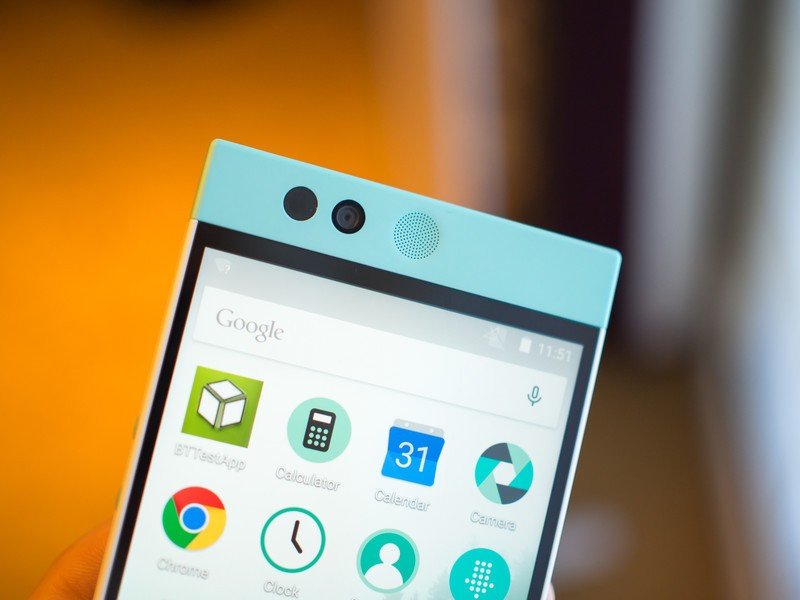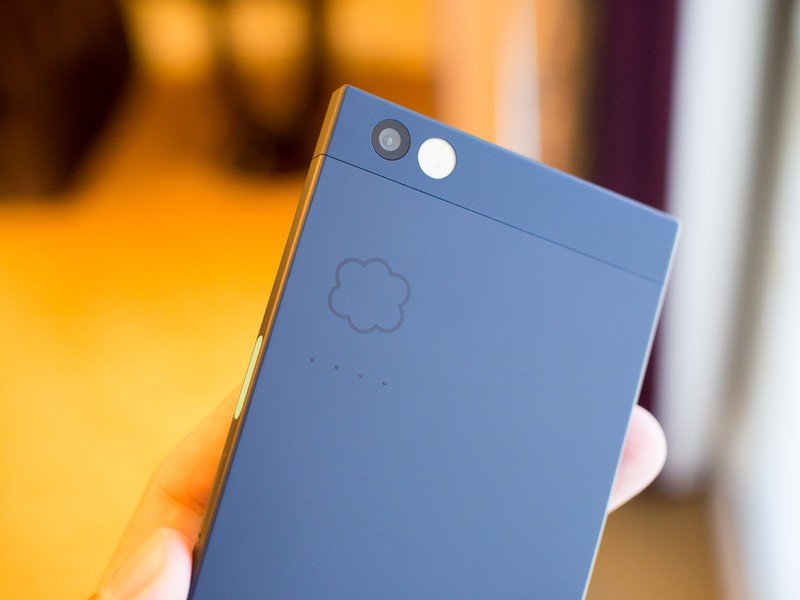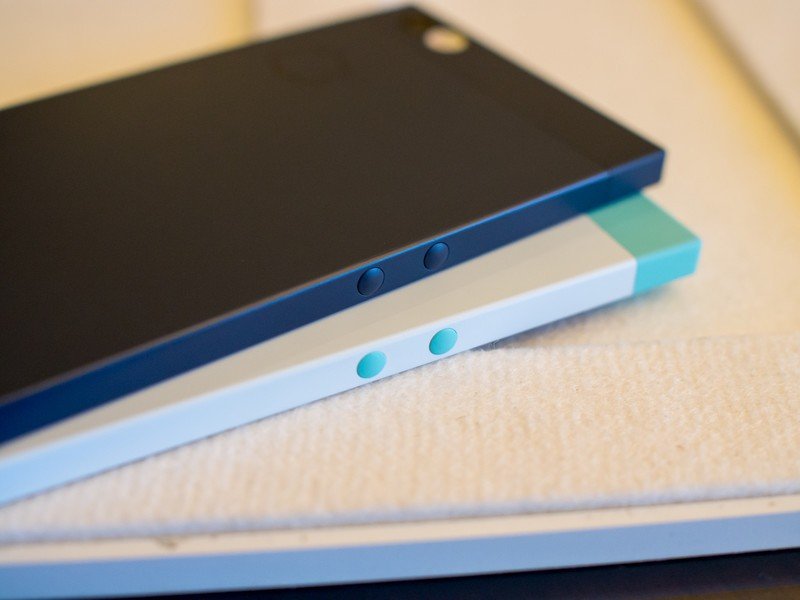Hands-on with the Nextbit Robin

Nextbit is a fresh mobile startup that's already off to a hot start with its first phone, Robin, which raised more than $900,000 on Kickstarter in just its first week of crowdfunding. The phone isn't coming to retail until early in 2016, but we've had an opportunity to get our hands on some pre-production units and see what Robin — and Nextbit as a whole — is all about.
Here's an early look at the hardware it's bringing to market, and a little more on its company strategy as well.





Robin is one of the most interesting looking (and feeling) devices I've had my eyes and hands on in some time. Part of that is the unique "mint" and white color scheme, but this is a very cool device in the darker blue (almost black) color as well — and the color I expect a majority of sales to come in.
Robin looks nothing like the rest of the smartphone industry today, and it's refreshing.
It looks nothing like the rest of the smartphone industry today, but Robin certainly has ties to the look of the solid polycarbonate Nokia phones of yesteryear as well as the color and sharp lines of HTC's Desire phones (Scott Croyle, Nextbit's designer, is formerly of HTC). The phone is flat on all sides without feeling sharp, and it has just a few subtle design flourishes that make it stand out. Dual speakers flank the display, there's a notification LED on the top edge of the phone (so it can be seen even when the phone is face down), and an array of four LEDs on the back plate indicate cloud activity happening in the operating system. Some more subtle additions are a fingerprint sensor in the side power button, and a USB-C port on the bottom for charging.
Robin definitely stands out without trying too hard to be flashy and intense. There aren't any chamfered metal edges, swoopy curves, bits of chrome or superfluous design elements — and I find that incredibly refreshing. It's just a phone, with some very clever design decisions, and one that I'm initially a fan of aesthetically. Reactions from around the Internet have been slightly more mixed to be fair, but I think the overall feeling is positive, as is mine.
On the inside you're getting plenty as well — particularly considering the $399 price. Robin has a Snapdragon 808 processor, ample memory and a decent 32GB of storage, a 5.2-inch 1080p display, 2680 mAh battery, 13MP camera, and a few other little perks like quick charging, NFC and a two-tone camera flash. The internals aren't really the big focus of Robin, and I'm OK with that so long as there's enough inside to power the experience it wants — and it seems like there is.





But Robin isn't just about nice-looking hardware — there's a big software component here as well. Nexbit has some lofty ambitions when it comes to value-adds baked into its build of Lollipop on the phone (and they're already working on Android 6.0 Marshmallow), with the tentpole feature being integration with cloud storage right into the operating system. Though the phone has 32GB of internal storage, you also get access to 100GB of Nextbit cloud storage — included for the life of your device — that will automatically back up your photos, videos and apps.
Be an expert in 5 minutes
Get the latest news from Android Central, your trusted companion in the world of Android
Seamless cloud backup is something nobody else really does, and it has tons of potential.
But this isn't a "push" kind of system, Robin is always backing up for optimization purposes — meaning if you haven't touched an app in a few months, the app's assets (but you your personal app data) will be seamlessly moved to the cloud to clear up your local storage, and you can quickly recall it and pick up right where you left off (with all of your data and preferences) before. The operating system will also back up full-resolution photos to the cloud and keep device-appropriate sized ones, again to save storage.
And that's just what Nextbit has announced so far. The company has bold ambitions to do even more with the cloud and add entirely new features to Robin before and after launch. Of course what's there now is certainly new and not found anywhere else, but Nextbit feels there's more to be done with this cloud-integrated thinking. There are concerns about battery and network issues when you start doing a lot on the cloud, but it also opens up massive possibilities when you don't tie everything down to just the phone's internal hardware itself.
Beyond the cloud features, this is a relatively familiar Lollipop experience, with some simple changes to the interface — primarily in the launcher and color scheme. Nothing feels foreign to anyone who's used Android before, and you still have full access to the suite of Google apps and anything you want to install from Google Play. Considering the pre-production nature of the devices I had access to I can't make any calls on performance (nor would I want to at this point), but I do appreciate Nextbit's software approach — it seems clean, simple and useful, just like the hardware that carries it.





So much can change from now until Robin starts shipping out to Kickstarter backers early next year, but first impressions have me ready and willing to get a full production device in my hands for real long-term use. There are plenty of other questions about the launch — mostly in the realm of retail sales, the future of the Nextbit itself and customer support in the real world — that need answering. But when evaluating it based on what we know now, purely as a phone, Robin is extremely exciting.
Andrew was an Executive Editor, U.S. at Android Central between 2012 and 2020.

